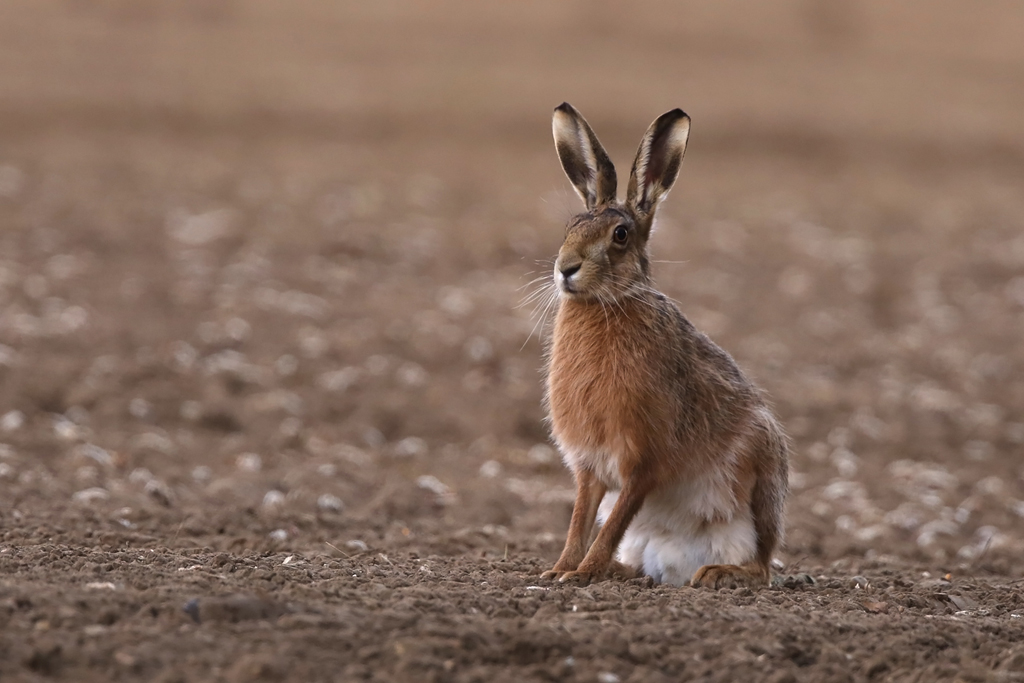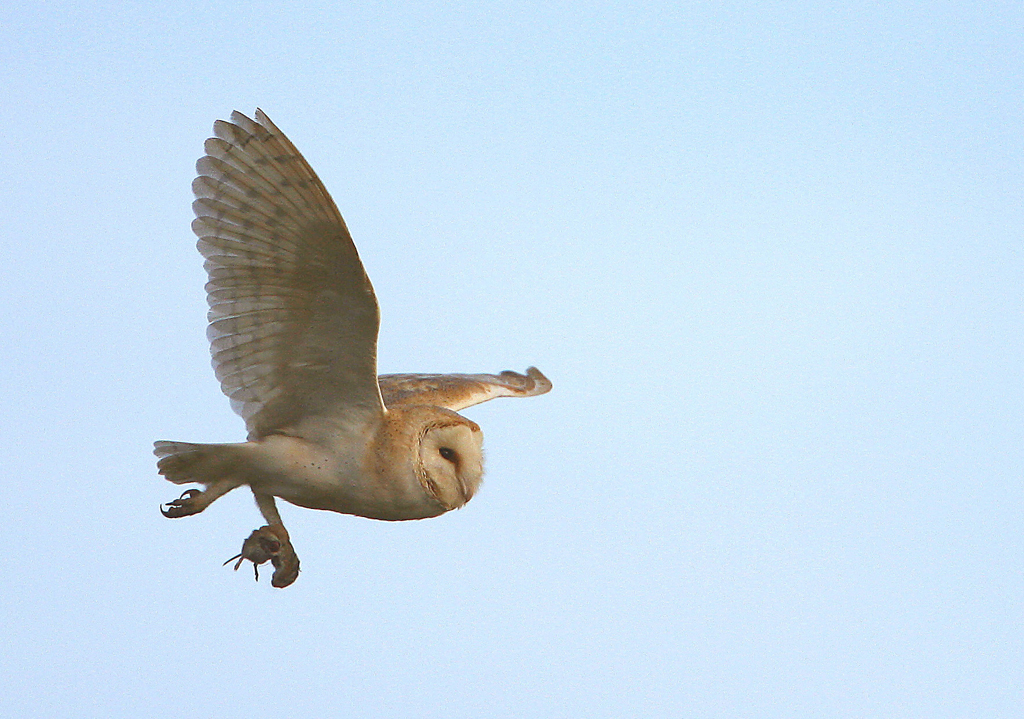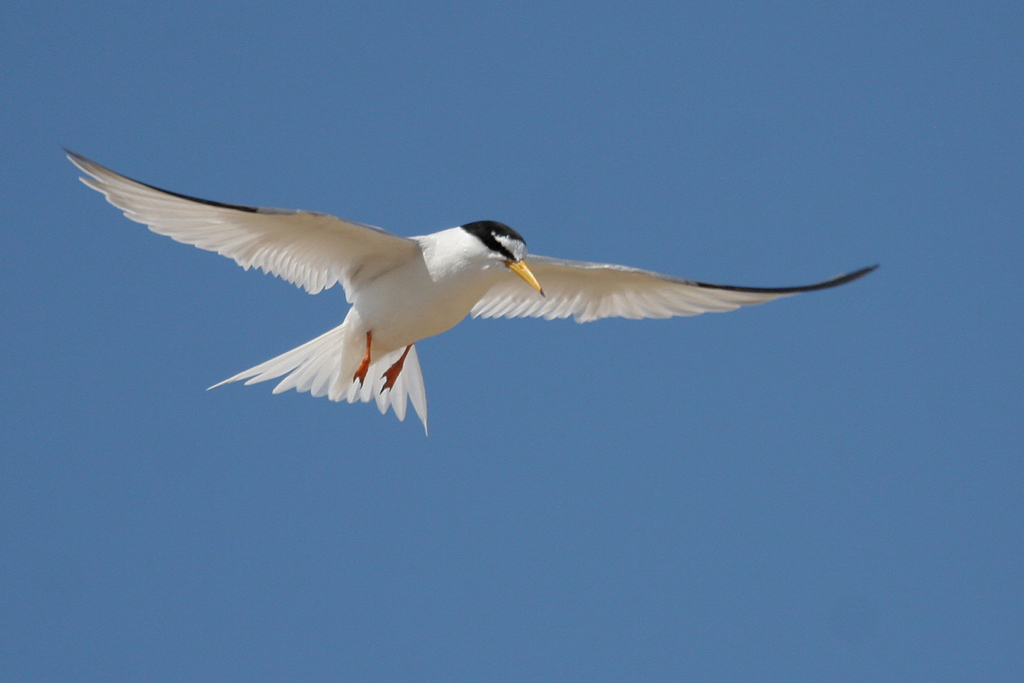Village Voices Nature Note: The Grail Moth
02 Nov 2020
Anyone with an interest in nature will be able to think of some charismatic species they have always wanted to see in the wild. Maybe it’s one you’ve only seen on television, or read about in a book or a travel brochure. It might be a glimpse of a pike lurking in thick vegetation in a stream, a golden eagle soaring over a Scottish mountain, a rare lady orchid blushing unseen in some secret woodland glade, or a gorgeous swallow-tail butterfly floating over a Norfolk reedbed. And when you finally see one of these ‘grail species’ you get a sudden adrenaline rush of excited recognition. Wow! Or even WOW!
I had one of these WOW moments last month with a wonderful moth I had long dreamed of finding. It has the magnificent name of the Clifden Nonpareil: Clifden after Cliveden by the Thames near Maidenhead, where it was first found in the eighteenth century (later famous for another reason as the trysting place of John Profumo and Christine Keeler – remember them?); and Nonpareil meaning ‘Incomparable’, which is exactly what it is. I’d never seen anything like it. It’s a huge moth, the size of a bat or a small bird. When it has its wings closed it can rest perfectly camouflaged on a tree trunk, but when disturbed it flashes the wings open to reveal a brilliant violet-blue band, startling enough to confuse any potential predator. Hence it’s other English name of ‘Blue Underwing’ and its German name Blaues Ordensband (the Blue Ribbon). We have Yellow Underwing and Red Underwing moths that perform the same trick. They too are attractive and quite common. But the Clifden Nonpareil is in a quite different class, partly because of its size and exquisite beauty, but partly also because of its great rarity. It was never widespread in Britain, but by the 1960s it had become extinct here, following the replacement of the large stands of aspen and poplar in the southern counties with the conifer plantations favoured by the Forestry Commission at the time. The Nonpareil’s larvae (caterpillars) feed on the leaves of these poplars and depend on them, but no one thought about that, of course. For some fifty years, therefore, it disappeared altogether and it’s only recently that it has started to turn up again in small numbers, so adding to its special cachet.
Well, there it was in my moth trap one misty September morning. Large as life and unmistakeable. I couldn’t believe I’d finally seen one. I touched it tentatively with a finger. It flashed me a blue alert and off it flew, like a dream that fades on waking.
I had one of these WOW moments last month with a wonderful moth I had long dreamed of finding. It has the magnificent name of the Clifden Nonpareil: Clifden after Cliveden by the Thames near Maidenhead, where it was first found in the eighteenth century (later famous for another reason as the trysting place of John Profumo and Christine Keeler – remember them?); and Nonpareil meaning ‘Incomparable’, which is exactly what it is. I’d never seen anything like it. It’s a huge moth, the size of a bat or a small bird. When it has its wings closed it can rest perfectly camouflaged on a tree trunk, but when disturbed it flashes the wings open to reveal a brilliant violet-blue band, startling enough to confuse any potential predator. Hence it’s other English name of ‘Blue Underwing’ and its German name Blaues Ordensband (the Blue Ribbon). We have Yellow Underwing and Red Underwing moths that perform the same trick. They too are attractive and quite common. But the Clifden Nonpareil is in a quite different class, partly because of its size and exquisite beauty, but partly also because of its great rarity. It was never widespread in Britain, but by the 1960s it had become extinct here, following the replacement of the large stands of aspen and poplar in the southern counties with the conifer plantations favoured by the Forestry Commission at the time. The Nonpareil’s larvae (caterpillars) feed on the leaves of these poplars and depend on them, but no one thought about that, of course. For some fifty years, therefore, it disappeared altogether and it’s only recently that it has started to turn up again in small numbers, so adding to its special cachet.
Well, there it was in my moth trap one misty September morning. Large as life and unmistakeable. I couldn’t believe I’d finally seen one. I touched it tentatively with a finger. It flashed me a blue alert and off it flew, like a dream that fades on waking.
Jeremy Mynott








